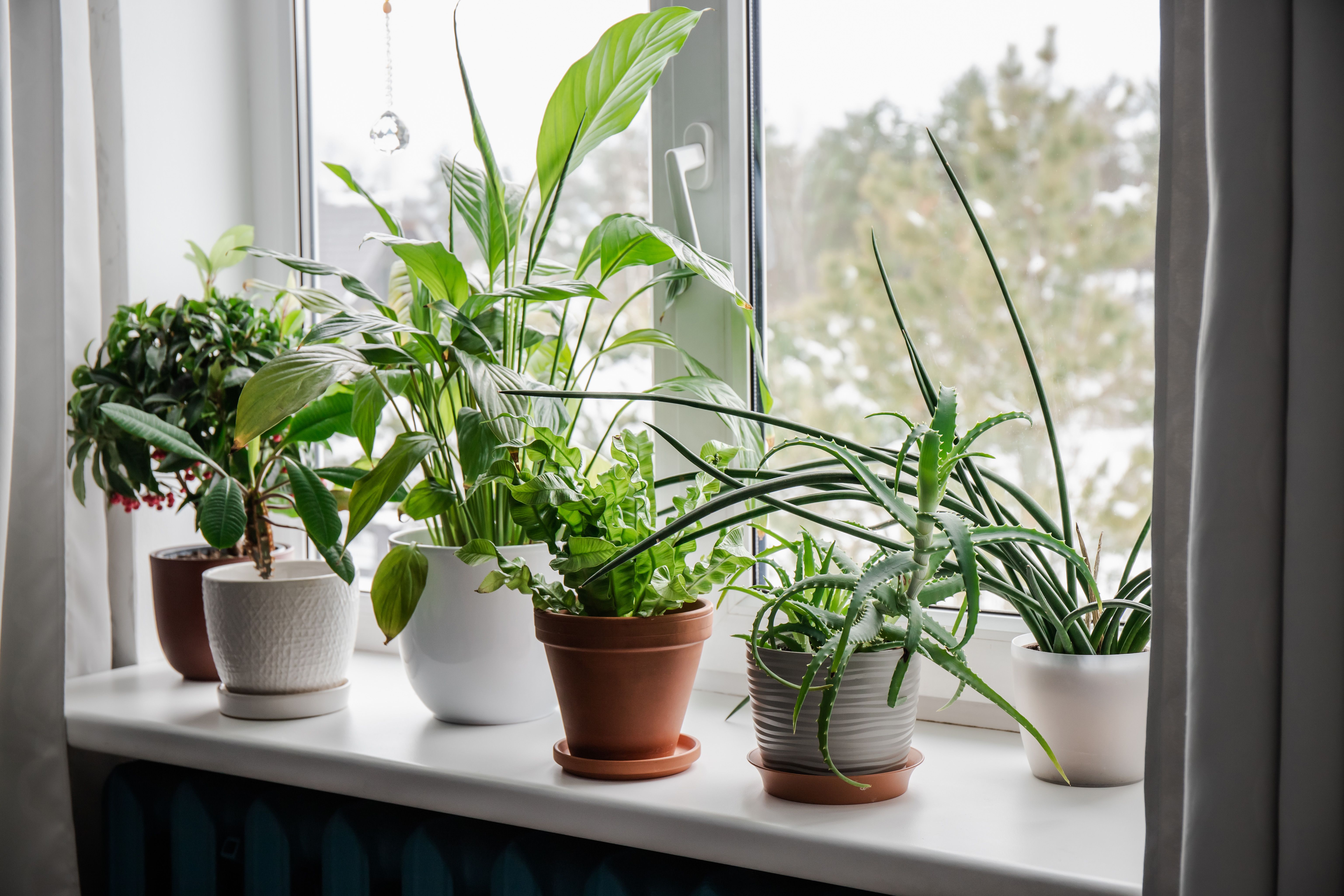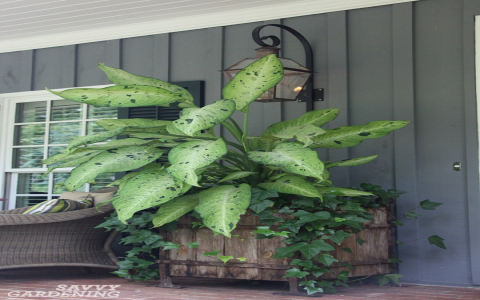So, it’s winter, and I’ve been wondering about whether or not my houseplants need a little boost during these colder months. I decided to dive in and see what’s up with fertilizing houseplants when it’s chilly outside.
First things first, I started poking around to get the basic idea. I mean, plants need food, right? Turns out, it’s all about three big players: nitrogen, phosphorus, and potassium. These are like the main course for plants. Nitrogen helps with leafy growth, phosphorus is all about roots and flowers, and potassium is kind of like a health booster for plants, helping them fight off disease and stress.

Now, winter is a bit different. Plants aren’t growing like crazy, some are just chilling, taking a break. I noticed a few of my plants were still showing some new growth, so I figured they might be okay with a little snack. But the ones that were just sitting there, not doing much? I figured they were probably good without extra food.
I grabbed some balanced fertilizer I had lying around. It was time to start the experiment. For the plants that were showing some signs of life, I decided to give them a bit of fertilizer. I mixed it up with water, just like the instructions said, not too strong, though. I read somewhere that overdoing it can actually harm the plants. Leaves can turn weird colors or even fall off, and the roots can get messed up. So, I played it safe and used it sparingly.
- I started by checking which plants were still growing a bit.
- Then I mixed up the fertilizer, following the instructions on the package.
- I watered the growing plants with the fertilizer mix, making sure not to give them too much.
- For the plants that weren’t showing new growth, I just gave them regular water. No fertilizer for them.
I watched them for a while to see how they were doing. The ones I fertilized seemed pretty happy, no weird signs or anything. They just kept doing their thing, growing a bit, looking healthy. The others, the ones I didn’t fertilize, they were fine too. They were just hanging out, taking it easy for the winter.
One thing I did was keep an eye on the soil. I’d wait until the top inch or so was dry before watering again. Overwatering in winter can be a real problem, I heard. Plants don’t like soggy feet, especially when it’s cold.
My Observations
After a few weeks, I started to see some differences. The fertilized plants had a bit more pep in their step, a few new leaves here and there. But the ones that didn’t get fertilized, they were totally fine, just not growing as much. It was like they were saving their energy for spring.
So, what did I learn from all this? Well, it seems like fertilizing in winter is a bit of a balancing act. If your plants are still growing, a little bit of fertilizer can be good. But if they’re resting, it’s best to just leave them alone. It’s all about paying attention to what your plants are telling you and not going overboard with the fertilizer. They need our care but we should be careful not to do more harm than good. And of course, not overwatering is key, especially when it’s cold and they’re not using as much water.



















